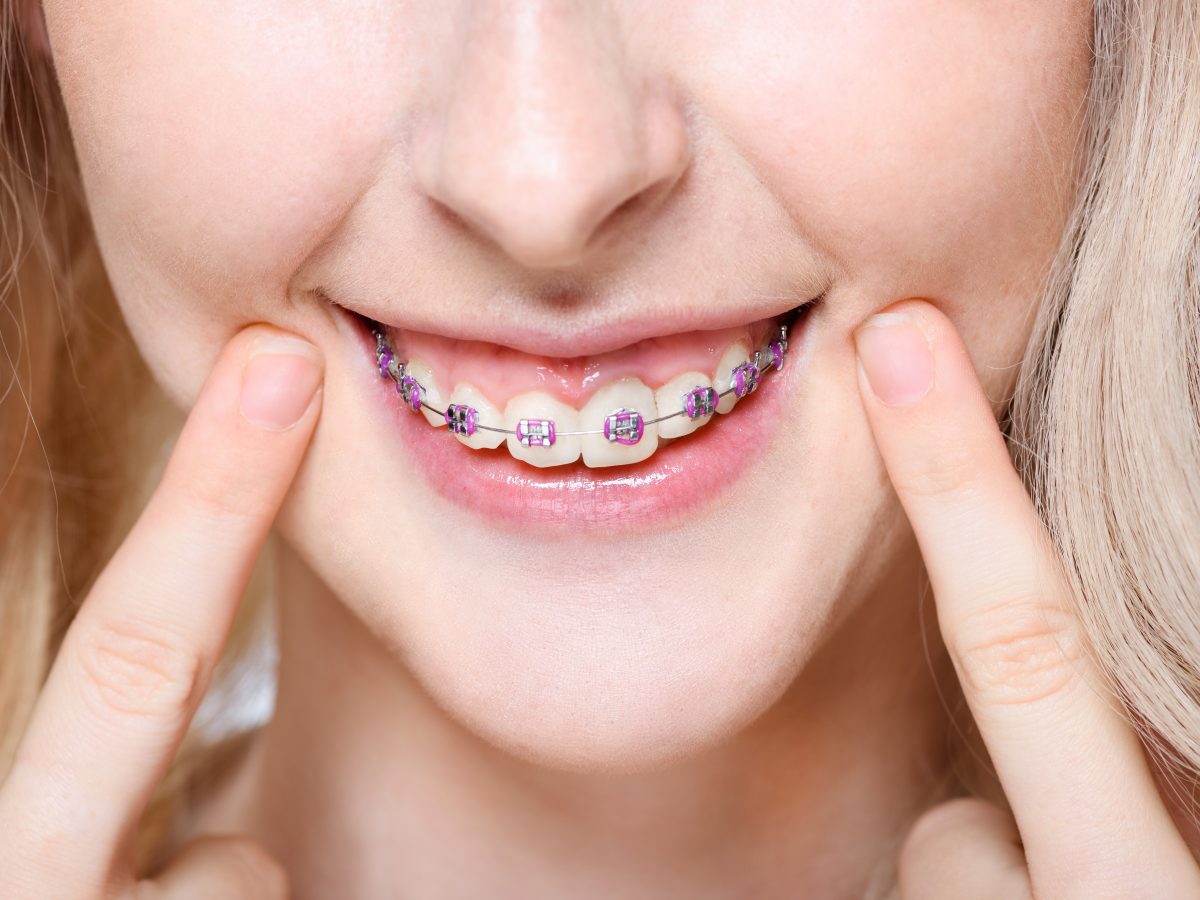What Sets Cumming Braces and Aligners Aside From Various Other Orthodontic Treatments
What Sets Cumming Braces and Aligners Aside From Various Other Orthodontic Treatments
Blog Article
Comprehensive Overview to Orthodontics Treatments for Fixing Oral Imbalances
Understanding the intricacies of each treatment, including their devices, benefits, and potential drawbacks, is crucial in making educated choices regarding one's orthodontic treatment. As we browse with the detailed guide to orthodontic treatments for dealing with oral misalignments, the intricate information of each technique will unravel, dropping light on the path towards a useful and unified dental placement.
Orthodontic Procedures Introduction

In enhancement to clear aligners and conventional dental braces, orthodontists may likewise advise other treatments like headwear, palatal expanders, or retainers to deal with details alignment problems (cumming orthodontics). These procedures are tailored per patient's distinct demands and may entail a combination of treatments to attain the desired results. Routine changes and surveillance are vital components of orthodontic treatment to guarantee development gets on track and to make any kind of necessary adjustments along the road. By going through orthodontic treatments, patients can not only achieve a straighter smile however additionally boost their total dental health and function.
Traditional Dental Braces: Exactly How They Work
When taking into consideration orthodontic treatments for oral imbalances, standard braces stand out as a tried and true method for dealing with teeth positioning. Typical braces are composed of brackets, cords, and bands that work with each other to apply continual pressure on the teeth, progressively moving them right into the desired positioning. The brackets are connected to the teeth making use of a special adhesive, and the cords are threaded through the braces. By adjusting the tension of the cords, orthodontists can control the instructions and pressure put on each tooth, leading them into appropriate placement in time.
As stress is used to the teeth via the dental braces, the bone bordering the teeth is improved to support the new tooth settings. Clients will need regular adjustments at the orthodontist's office to ensure the braces proceed to use the appropriate stress for efficient teeth activity.
Unseen Aligners: Advantages And Disadvantages
These clear, personalized trays are essentially unnoticeable when used, making them an enticing alternative for individuals looking for a more cosmetically pleasing orthodontic treatment. People can get rid of the aligners prior to eating or cleaning their teeth, reducing the danger of food obtaining stuck in the home appliance and streamlining the cleaning procedure.

Surgical Orthodontic Options
Surgical interventions in orthodontics present feasible choices for attending to complicated dental misalignments that may not be efficiently dealt with through conventional orthodontic treatments. While traditional dental braces and unseen aligners can fix numerous orthodontic issues, certain instances call for medical intervention to achieve optimum outcomes. Surgical orthodontic choices are generally recommended for severe malocclusions, substantial jaw inconsistencies, and situations where the underlying bone structure needs adjustment to achieve correct placement.
One typical medical orthodontic procedure is orthognathic surgery, which entails repositioning the jaws to correct useful problems such as difficulty talking or chewing. This surgical procedure is commonly carried out in cooperation with an orthodontist that helps line up the teeth before and after the treatment. Surgical orthodontics may likewise involve treatments to expose influenced teeth, remove excess periodontal tissue, or reshape the jawbone to develop a much more unified facial account.
Before thinking about medical orthodontic choices, people go through a thorough assessment to establish the necessity and possible advantages of such interventions. cumming orthodontics. While surgery may appear challenging, it can dramatically improve both the feature Resources and visual appeals of the smile in situations where standard orthodontic treatments fall short
Retainers and Post-Treatment Treatment

Post-treatment treatment involves following the orthodontist's directions carefully. This might consist of correct oral hygiene practices, attending follow-up visits, and using the retainers new dentist near me as recommended. Failing to abide with post-treatment treatment guidelines can cause regression, where the teeth gradually return in the direction of their original positions. Consistent retainer wear, excellent oral health, and normal dental check-ups are vital for preserving the outcomes achieved through orthodontic surgery and making certain the long-term security of the fixed dental positioning.
Conclusion
To conclude, orthodontic treatments use various alternatives for correcting oral misalignments. Traditional dental braces make use of steel brackets and cords to move teeth into correct positioning. Invisible aligners give an even more discreet option but might not appropriate for all cases. Surgical orthodontic alternatives are offered for more serious misalignments. Retainers are generally utilized post-treatment to keep the brand-new positioning. On the whole, orthodontic procedures can effectively boost dental health and aesthetic appearance.
As we navigate via the comprehensive guide to orthodontic treatments for correcting dental imbalances, the intricate details of each technique will certainly unravel, shedding light on the path toward a functional and harmonious oral placement. - cumming aligners
One of the most common orthodontic treatments is the usage of dental braces, which are composed of steel brackets and wires that apply mild stress to progressively shift teeth into the preferred setting.When taking into consideration orthodontic therapies for dental misalignments, standard dental braces stand out as a time-tested method for fixing teeth positioning. Furthermore, unseen aligners might not be ideal for intricate orthodontic issues that require more significant good dentist in my area teeth movement, as they are usually suggested for light to modest instances. Retainers are custom-made orthodontic gadgets made to hold teeth in their fixed settings after the completion of orthodontic treatment.
Report this page